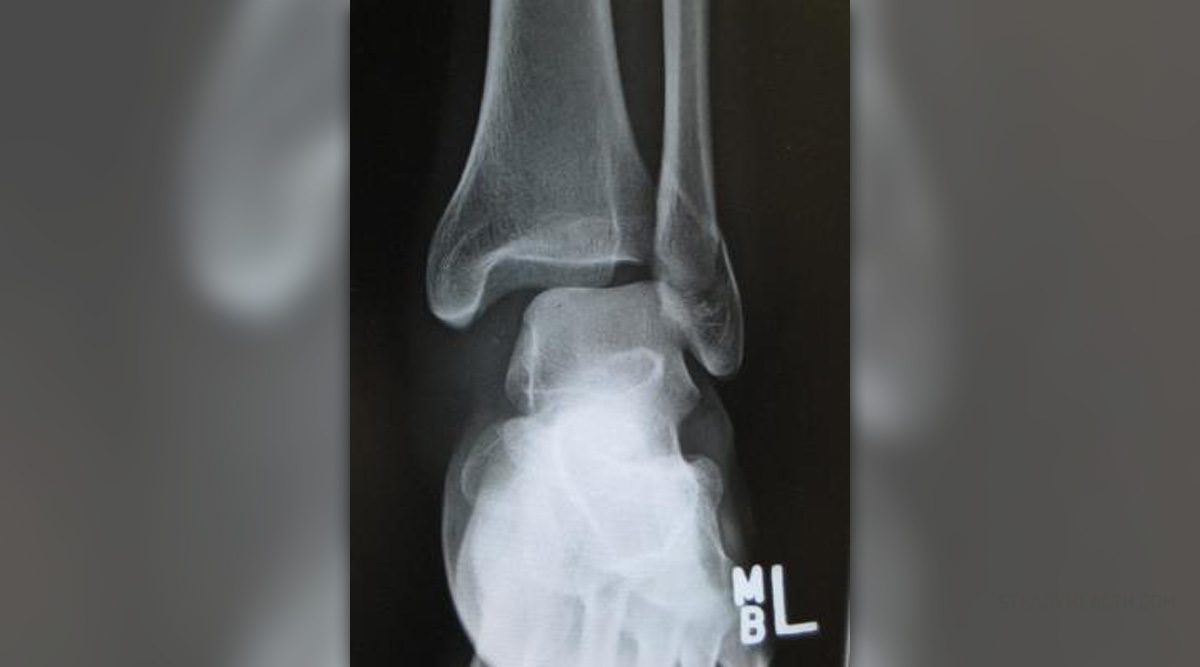
The type of the ankleinjury in question is certainly regarded as one of the most frequent kinds ofathletic injury altogether. Some other familiar names for it include such as sprained, twisted, turned ankle and also ankle sprain. It is of quite unpredictablenature in the sense that it can be brought about in various seemingly unharmfulsituations – running down or up the stairs, change from one type of surface toanother in the course of some athletic and even routine daily activitiessuch as mere walking, jogging or even upon leaving one’s bed in the morning.
This type of injuryis most often to befall our fragile ankles in those situations when a person inquestion sets his/her foot on a “bumpy” surface in the course of running, or if a person jumps for some reason. Of course, just as with any joint in ourbody, the one located in our ankle is also comprised of ligaments, bones andtendons. The main bones found in the ankle are known as the tibia, fibula andtalus, and are commonly kept together and in proper position by ligaments. In situationswhere the ankle joint goes through a rather more intense and extreme movement, the stress it has to sustain becomes even greater, which in most cases directlyinduces the rupture in the ligaments. Direct consequence of this is the occurrenceof inflammation and swelling of the surrounding ankle tissues.
What to watch outfrom
Due to its unordinary nature; it makes the specification of small number of culprits a bitdifficult. Certainly, considered as the most common cause is the improper movementof the ankle during some physical activity. Those people whose muscles andligaments are to some extent already weakened are at a far greater risk ofsuffering from a sprained ankle and thus should be even more careful, and paymuch more attention to the way they move in order to avoid getting injured.
Manifestations
Some of the mostfrequently occurring manifestations of this type of ankle injury include tendernessof the joint, redness and sensation of warmth in the joint and surroundingarea, pain (mild to severe), swelling, the occurrence of bruises and impairedfunctioning of the joint itself due to the severity of the injury. In order to providerelief to your ankle and speed up the entire recovery process, a lot of restis highly recommended, accompanied by the application of ice packs andcompression wraps, as well as keeping the injured ankle in the elevatedposition as long as possible, and as high as possible.





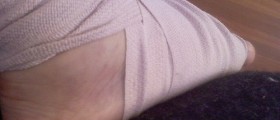

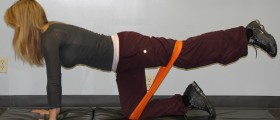


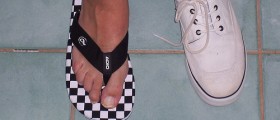



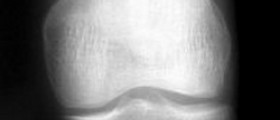

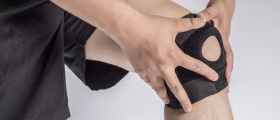
Your thoughts on this
Loading...